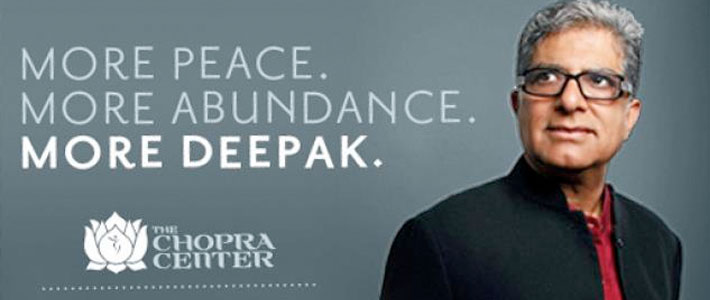May 10, 2014
Ayurveda today is more properly regarded as an interpersonal, intersubjective art form, with great potential for fostering an appreciation for embodied difference. Nowhere is this potential skill more called upon than in the practice of considering “constitution”: the individual’s unique psychosomatic profile, known as prakṛti. And in no other area is the promise of Ayurveda more confused and oversold. I would like to argue that the principle of constitution as popularly practiced is an ideal lens through which we can see both the shortcomings of an old medicine that has not yet exposed itself to the epistemological rigours of our time, and also the potential Ayurveda has to model therapeutic intimacy in an increasingly data-driven world.


